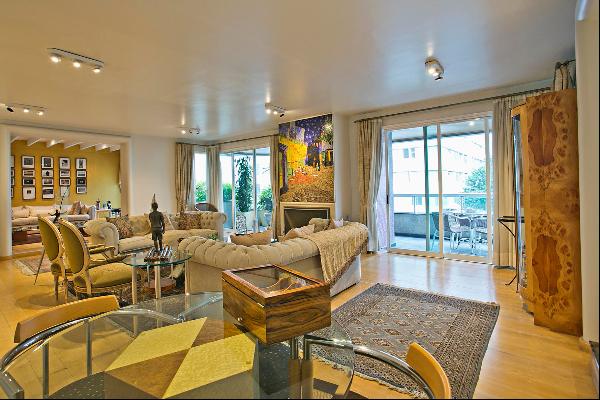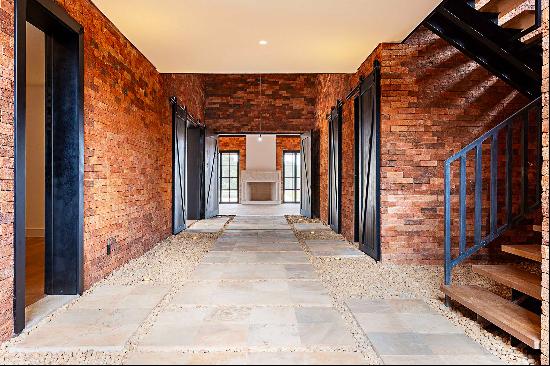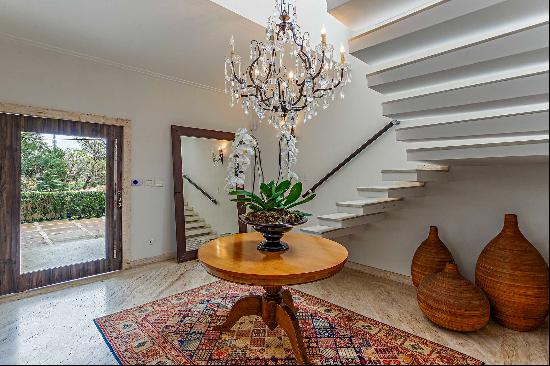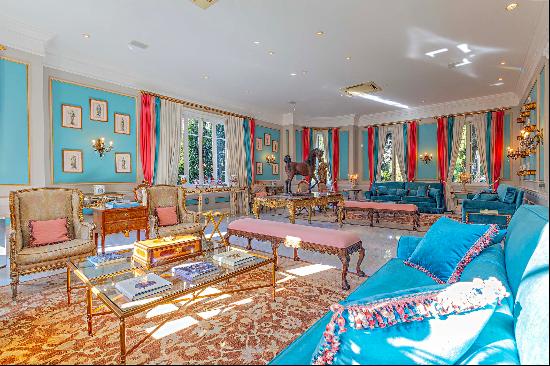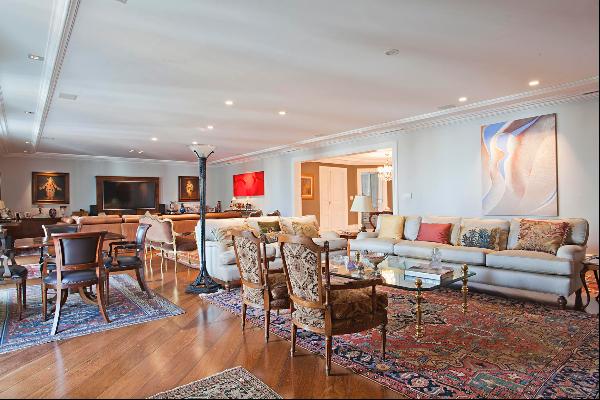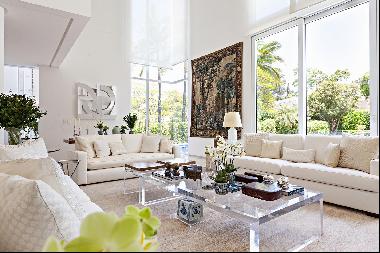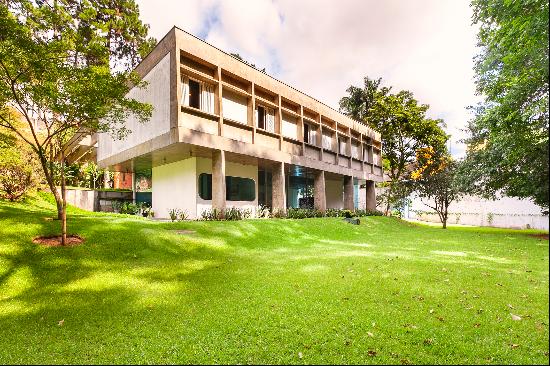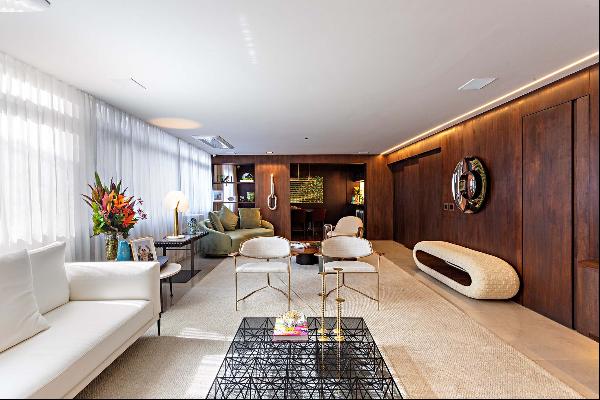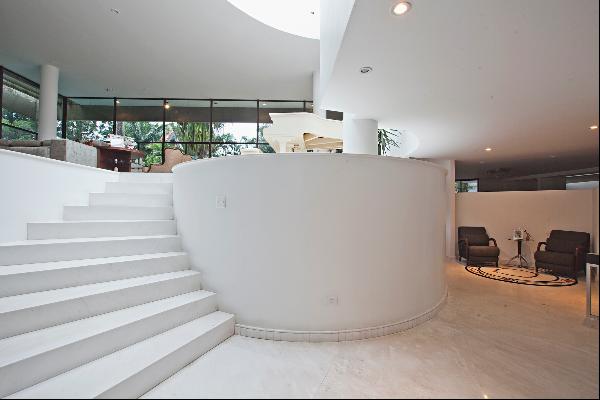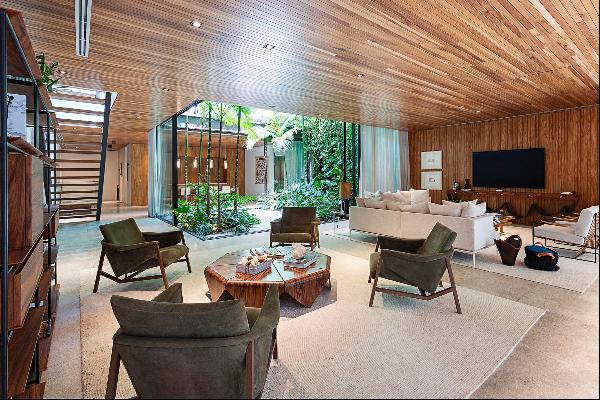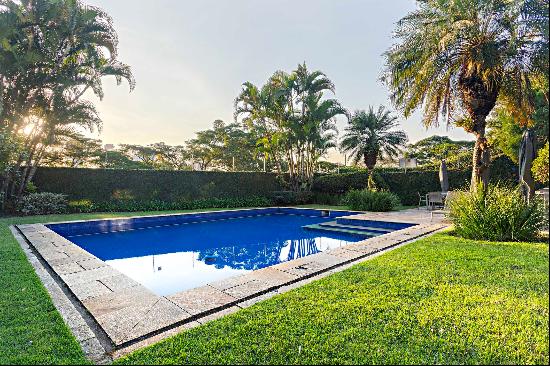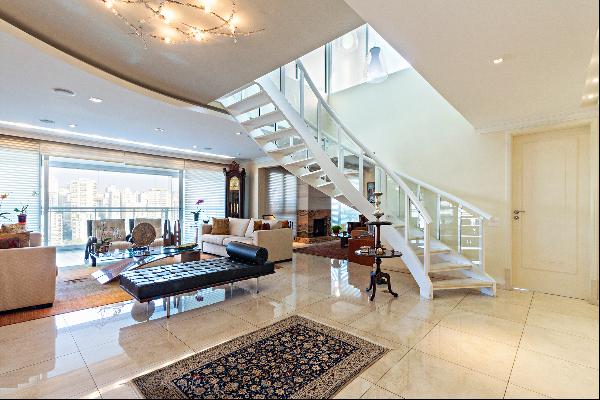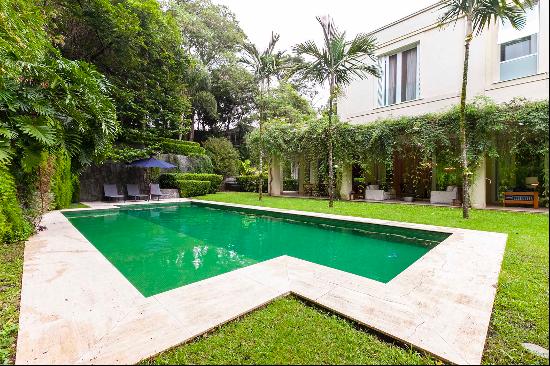
By Edwin Heathcote
Brutalism should have been impossible to commodify. The architecture emerged in Europe in housing projects, cultural centres and concert halls from Le Corbusier’s L’Unité d’Habitation in Marseille in the early 1950s to London’s Barbican and South Bank Centre in the 1960s and 1970s. It spread across the globe, surfacing in the likes of Alaska, Japan and the USSR, and was a powerful expression of sculptural intent: heavy, darkly shadowed but also generous, with an expressive physicality and civic presence.
Brutalism reached its apogee not in Europe where it started but in Brazil, most notably in São Paulo with architects such as Lina Bo Bardi and Paulo Mendes da Rocha from the 1960s to the 1980s. São Paulo is also the only city where Brutalism has truly survived, not as a revival or a pastiche as in some other countries, but through a lineage of committed architects that never abandoned it.

One of those architects is Marcio Kogan. He has managed to take the language of Brutalism and create a product. The 69-year-old has humanised the most unforgiving architecture, in the process creating an oeuvre of beautiful, distinctive houses that appear simultaneously simple and modest but also imposing and luxurious.
A tranche of recent Kogan houses — we should call them MK27 houses, after his practice — is on the market in São Paulo. If you look at them together it can seem a little like scrolling the pages of a brochure for a luxury tropical hotel. That is testament to how successful he has been in adapting the language of Brutalism for the modern market: his designs and motifs have become synonymous with a certain kind of tropical modernism, recognisable from Sydney to Singapore.

Sometimes he appears to be doing very little. The volumes of the houses are simple rectangular boxes. Thanks to the tropical climate their glass walls are usually retracted so the rooms often appear to be entirely open to the landscape. The exterior is usually a manicured miniature garden behind high walls and studded with tall palms such as that at this four-bedroom house in the Alto de Pinheiros district, with landscaping by Renata Tilli. It is on the market for R$25m ($4.9m). That gesture gives it the familiar tropical/brutal look. A pool may be in a similarly shaped concrete box, another oblong with shuttered concrete or freestone sides.
Inside, there will probably be an exquisite in situ cast concrete ceiling slab, as there is over the terrace at this four-bedroom dwelling for sale in Jardim Paulistano. It gives a sense of being encased in a solid volume and a feeling of permanence, of a house with not too many walls but a ceiling as tough as old boots.

There might be a Flintstones-style freestone wall, a rubble surface that gives a hint of the quarry, or a raw-stone floor, which evokes the bedrock and perhaps an occasional simple, chunky, cylindrical column marked with the spiral of formwork like a cardboard tube.
Probably there will be some panelled walls or cantilevered cupboards in rich wood (teak or something similar), a resolutely mid-century affair. And there will probably be folding screens or shutters, perhaps pierced with a tinge of an Islamic mashrabiya, as at this four-bedroom house in Jardim Guedala (main picture, above), priced at R$36m ($7.2m), membranes that create privacy while allowing the breeze and a little dappled light through. Then the whole thing might be kitted out with elegant, low-slung furniture, which may be from the early 1960s or perhaps designs from the MK27 office. It can be difficult to tell.

Somehow, Kogan has managed to employ enough characteristics of Brazilian Brutalism and mid-century cool to create a slightly nostalgic, utterly Paulista and always elegant architectural language. He has, remarkably, managed to make something not only commercial but hugely desirable from the architecture that once seemed unforgiving and so utterly non commodifiable.
Photography: Bossa Nova Sotheby's International Realty; Christie’s International Real Estate



